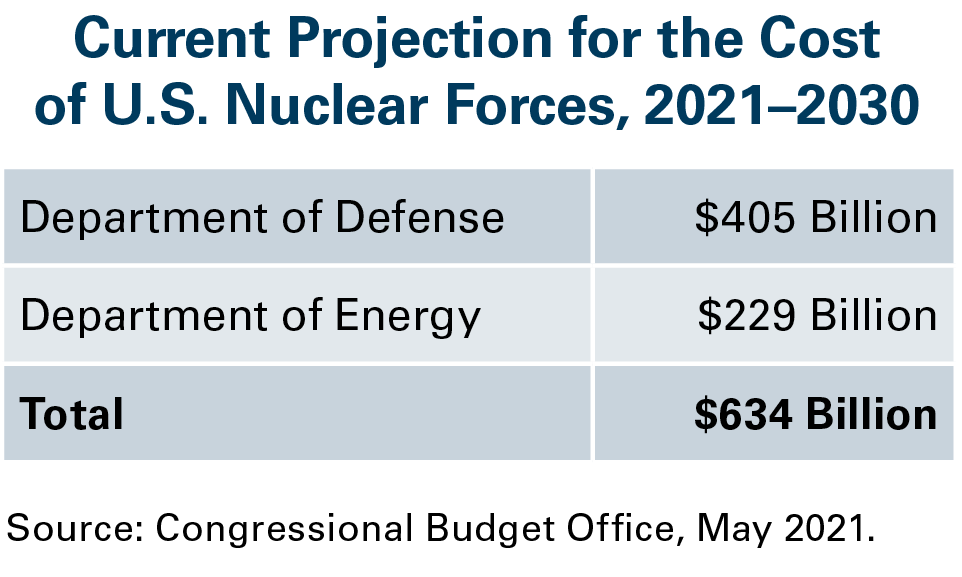Alright, folks, let’s cut through the noise. Iran’s Foreign Minister, Hossein Amir-Abdollahian, just wrapped up a meeting with IAEA Director General Rafael Grossi. This isn’t just a polite chat; it’s a critical juncture in a deeply fraught situation.

The two discussed the latest developments in technical cooperation between Iran and the agency – essentially, what’s happening with Iran’s nuclear program and how the IAEA is monitoring it. Let’s be real, transparency hasn’t been Iran’s strong suit, so any dialogue is… cautiously optimistic.
But here’s where it gets spicier. Amir-Abdollahian briefed Grossi on the status of talks with the U.S. regarding the nuclear issue and sanctions relief. These talks, as you know, have been on life support for far too long, bouncing between hopeful pronouncements and outright breakdowns.
Knowledge Point: Decoding Iran’s Nuclear Position
Iran maintains its nuclear program is solely for peaceful purposes, like electricity generation and medical isotopes. However, the West deeply suspects Iran has a ‘breakout’ capability – the ability to quickly develop nuclear weapons.
Sanctions imposed by the US (and reinforced by others) have crippled Iran’s economy. Iran’s core demand in negotiations is sanctions relief in exchange for verifiable limits on its nuclear activities.
The 2015 JCPOA (Joint Comprehensive Plan of Action) offered a framework for this, but the US withdrawal under the Trump administration threw everything into chaos.
Current negotiations aim to revive the JCPOA, but disagreements over guarantees, verification, and the scope of sanctions relief continue to plague progress. Iran wants assurances the US won’t pull out again.
The IAEA’s role is crucial – ensuring Iran adheres to any agreements and verifying the peaceful nature of its program.






